Tochigi City, Tochigi栃木県栃木市
Living in Tochigi City, Tochigi
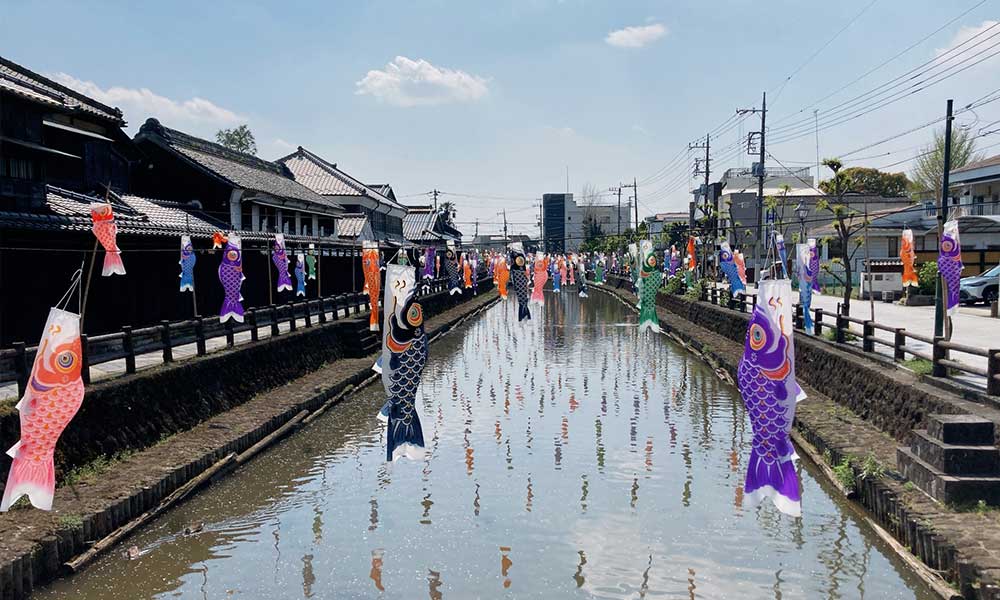
We have Summarized the livability of Tochigi City, Tochigi.
SOUTHERN AREA県南地域
CONTENTS
- What kind of place is Tochigi City?
- Tochigi CityPR video
- How is the traffic situation in Tochigi City?
- How are the rent and land prices in Tochigi City?
- How is childcare and education in Tochigi City?
- How about shopping in Tochigi City?
- How about jobs and recruitment in Tochigi City?
- Tochigi City’s unique subsidy/subsidy system
What kind of place is Tochigi City, Tochigi?
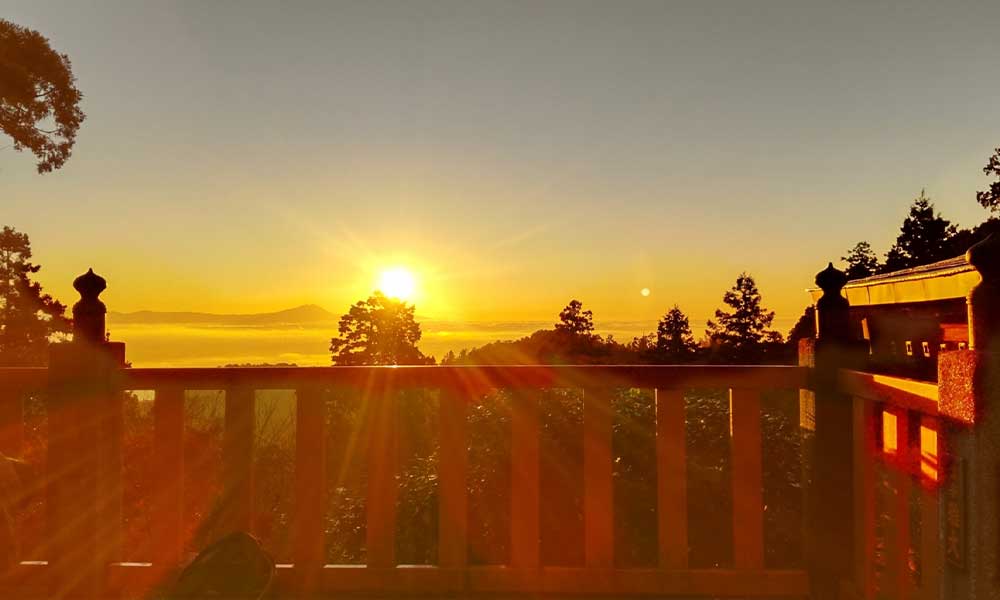
Tochigi City is an attractive city with a good balance of history, culture, nature and urban areas.
Located at the southernmost point of Tochigi Prefecture, Tochigi City covers an area of approximately 331.50 square kilometers.
It borders Kanuma City to the north, Mibu Town, Shimotsuke City, Oyama City, and Nogi Town to the east, Itakura Town in Gunma Prefecture to the south, and Sano City to the west.
The population is about 154,000, with around 67,000 households (as of September 2023).
The city consists of plains stretching from the northern to the eastern parts, which are connected to the Kanto Plain, while the western part is home to the Mikamoyama and Ohirayama mountains. To the south, the Watarase Retarding Basin, Japan’s largest flood control basin, extends across the landscape. Along the Uzuma River, the preserved townscape features traditional storehouses, making it a popular tourist destination.
The city’s name has various origin stories, with the most prominent theories attributing it to a horse chestnut tree (“tochi”) found at the center of early settlements or from the term “Tochigi,” derived from the ten ridgepoles (“chi”) of the local shrine.
Tochigi City has a rich history, having prospered since the Edo period as a river transportation hub with boats traveling to Edo (Tokyo) via the Uzuma River and as a post town on the Reheishikaido route, which was used by messengers traveling to Nikko Toshogu Shrine.
In the Meiji era, Tochigi became the political and cultural center of the region as the prefectural capital. In the Showa period, the city avoided major war damage, preserving many Edo-period storehouses and historical buildings. Because of this, it earned the nicknames “Little Edo” and the “Kurashiki of the Kanto region.”
The current Tochigi City was formed in 2010 when the former Tochigi City merged with the towns of Ohira, Fujioka, and Tsuga. In 2011, Nishikata Town joined, followed by Iwafune Town in 2014, shaping the present-day city.
Tochigi City has many tourist attractions. From the top of Mt. Ohira in the western part of the city, visitors can enjoy views famously called “The Matsushima of the Land.”
The Watarase Retarding Basin and Yanaka Lake in the southern part of the city are popular spots for small yachts and windsurfing, attracting many visitors.
There are numerous other tourist spots. The Iwase Ginger Museum, a relatively new facility produced by Iwase Foods, offers exhibitions and hands-on experiences about ginger, along with a café serving ginger-based dishes and a shop offering ginger-related goods.
The Forest Adventure Ohira offers outdoor experiences with an athletic course suitable for both children and adults, as well as BBQ areas, making it a popular spot for a full day of fun.
PR video of Tochigi City, Tochigi
Tochigi City Promotional Video
[Tochigi City] Promotional video guided by Tochisuke
Tochigi City Immigration and Settlement Promotional Video
[Tochigi City] Tochigi City Migration Story Chapter 1 – The Fun Neighbors
How is the traffic situation in Tochigi City?
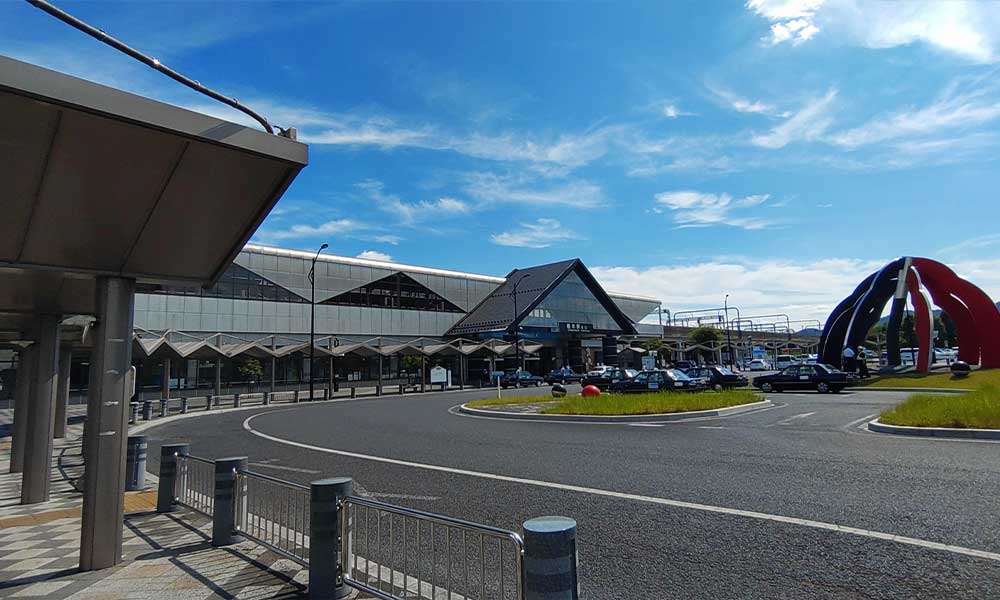
Tochigi City has a wide range of public transport options and convenient access to the city center.
There are 3 railway lines and 12 stations within Tochigi City.
The Ryomo Line, which runs from Oyama City in Tochigi Prefecture to Takasaki City in Gunma Prefecture, has three stations in Tochigi City: ‘Tochigi Station,’ ‘Ohirashita Station,’ and ‘Iwafune Station.’
The Tobu Nikko Line, which extends to Asakusa, has 8 stations: ‘Fujioka Station,’ ‘Shizuwa Station,’ ‘Shin-Ohirashita Station,’ ‘Tochigi Station,’ ‘Shin-Tochigi Station,’ ‘Kassenba Station,’ ‘Ienaka Station,’ and ‘Tobu-Kanasaki Station.’
The Tobu Utsunomiya Line, which runs from Tochigi City to Utsunomiya City, starts from ‘Shin-Tochigi Station’ and has 3 stations: ‘Yashu-Hirakawa Station’ and ‘Yashu-Otsuka Station.’
There are two national highways passing through Tochigi City: National Route 50 (Iwafune-Oyama Bypass), which runs through the southern part of the city, connecting Oyama City in the east with Sano City in the west, and National Route 293, which crosses the northern part of the city.
There are two expressways accessible from Tochigi City: the Kita-Kanto Expressway and the Tohoku Expressway. The Kita-Kanto Expressway can be accessed via the Tsuga IC, while the Tohoku Expressway can be accessed via the Tochigi IC.
The local bus service in Tochigi City is operated by Kanto Motorbus.
A community bus that runs at low fares and covers major facilities in the city is also available.
Additionally, a highway bus with direct service to Osaka and other destinations is in operation.
The city-operated demand taxi, ‘Kura Taxi,’ is a convenient ride-sharing service that operates by reservation. It is a popular transportation option for seniors, offering lower fares compared to regular taxis.
There are multiple train lines, so it is convenient to travel by train within the area. By car, there are many expressways and national roads, so there is little traffic congestion and it is comfortable to drive.
Although it is possible to access the city center, it is not very convenient as you will have to transfer. There are few bus routes, so it can be inconvenient to get around the city.
How are the rent and land prices in Tochigi City?
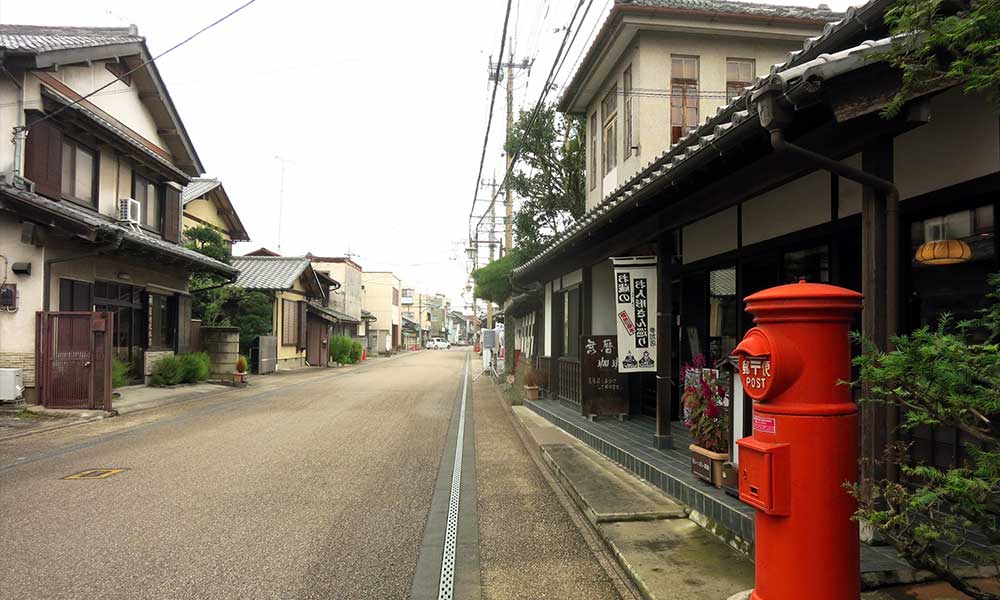
Tochigi City is a city with newly built homes and a wide variety of housing types that can meet a variety of needs.
According to information from a real estate information website, the average rent in the city for a newly built apartment within a 10-minute walk from the station is about 60,000 yen for a 1LDK and 90,000 yen for a 3K. The average land price is about 80,000 yen per tsubo.
Detached houses are common in Tochigi City, but there are also apartment complexes and condominiums. There are many apartment complexes, especially in urban areas and areas with good transportation access.
Tochigi City has a relatively good range of facilities necessary for daily life, including supermarkets, shopping streets, parks, and leisure spots. There are also medical facilities, schools, and public facilities, making it an easy place to live.
Tochigi City has many historical tourist sites and famous places. You can also enjoy seasonal scenery and events, allowing you to fully enjoy the charms of the region.
In popular areas of Tochigi City and locations with good transportation access, you may see rising land prices and rent prices.
How is childcare and education in Tochigi City??
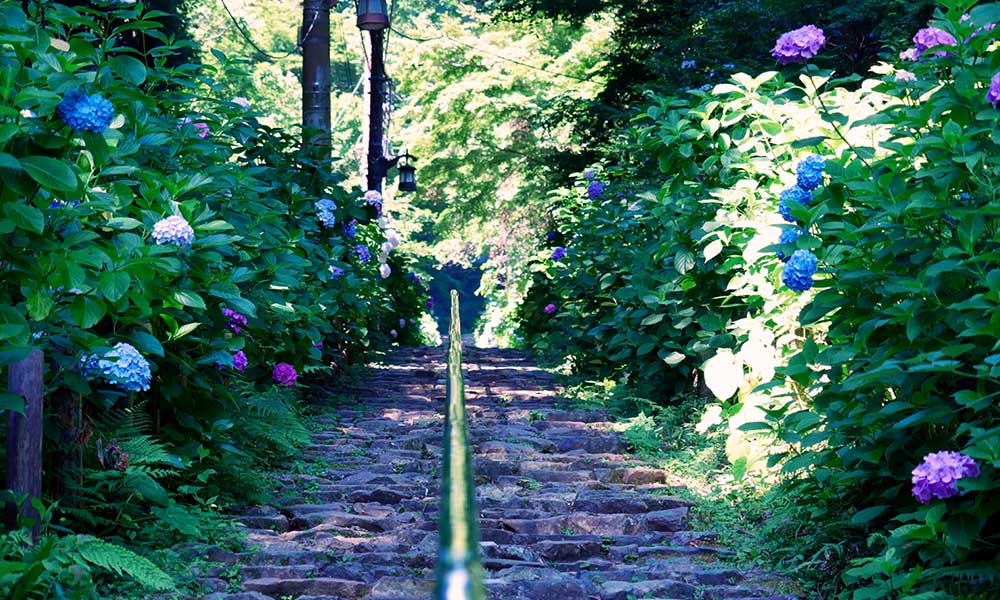
Tochigi City is a city with a wide range of educational facilities and childcare services, as well as a safe and well-equipped community and childcare support system.
There are 23 nursery schools, 15 kindergartens, 29 elementary schools, 14 junior high schools, 8 high schools, 1 junior college/university, and 5 vocational schools in Tochigi City.
The ‘Child Medical Expense Subsidy System‘ covers all medical costs for children up to 18 years old (until March 31 after they turn 18), for both outpatient and inpatient treatments.
As for child allowances, 15,000 yen is provided for children under 3 years old, 10,000 yen for the first and second child aged 3 or older until elementary school, and 15,000 yen for the third child or more. Junior high school students receive 10,000 yen.
Tochigi City also offers its own support programs.
The ‘Tochigi City Childbirth and Child-Rearing Support Gift‘ provides a childbirth support gift (50,000 yen) and a child-rearing support gift (50,000 yen).
Additionally, the ‘Baby Birth Celebration Grant‘ offers 10,000 yen for a second child and 20,000 yen for a third child or more born to families residing in the city with children under 18 years old.
Other programs include the ‘Suku Suku Parenting Support Program,’ which distributes diapers and baby wipes at birth and around four months of age, and the ‘Birth Commemorative Gift,’ where a photo frame is given when a birth certificate is submitted.
The parenting app ‘Tochigi City Suku Suku Navi‘ is a convenient tool that provides vaccination schedule management, baby growth records, and parenting information.
There are many nurseries and other facilities, and there are few children on waiting lists, making it an easy environment to leave your children in. We have set up a child-rearing support company registration system and are actively supporting child-rearing.
There are few universities, so the costs of attending and commuting tend to be high.
How about shopping in Tochigi City?
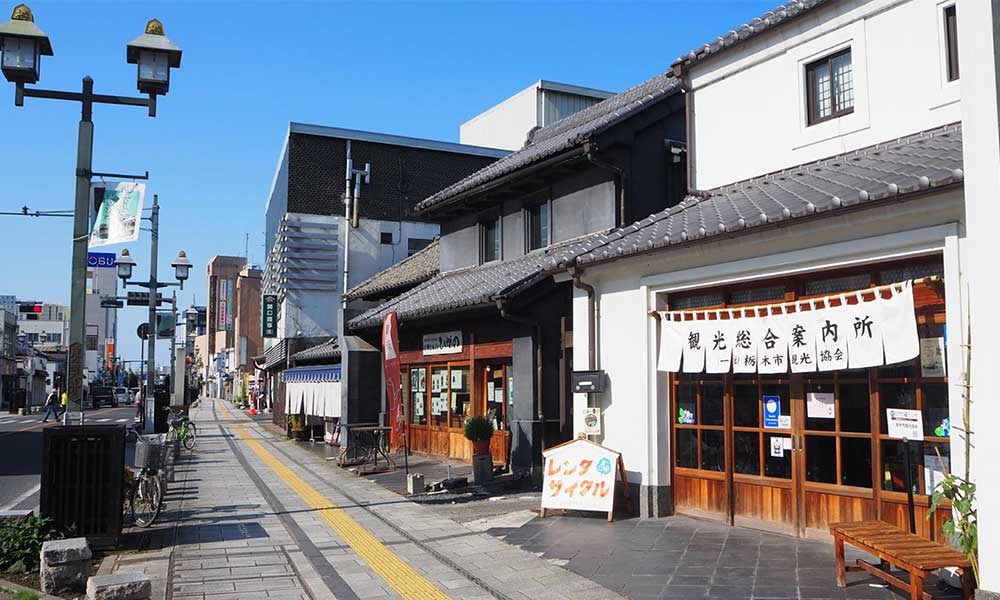
Tochigi City has a wide variety of shopping facilities and is visited by many shoppers from the surrounding areas.
In Tochigi City, there are few large shopping malls or department stores, but small to medium-sized stores, supermarkets, and roadside stations are scattered throughout the city.
There are about 24 supermarkets, mainly including Yaohan, York Benimaru, and Torisen.
‘Michi-no-Eki Mikamo‘ offers fresh local vegetables and processed goods, along with restaurants and gelato shops, making it an enjoyable shopping destination.
‘Michi-no-Eki Nishikata‘ is a 7-minute walk from Tobu Nikko Line’s Tobu Kanasaki Station. With its spacious parking lot, it’s also easily accessible by car.
The facility sells local agricultural products, sake, and sweets, and also has a restaurant serving freshly made soba. Nearby hot spring facilities make it a spot for both shopping and leisure.
There are many supermarkets and roadside stations, making it easy to get fresh local vegetables.
There are few large shopping facilities. Nearby shopping malls can be accessed by car.
How about jobs and recruitment in Tochigi City?
Tochigi City has a relatively large number of job openings in a variety of industries, including manufacturing, commerce, and tourism.
The average annual salary in Tochigi City is 3.07 million yen.
Tochigi City has been actively attracting companies since the early Showa period, and has grown especially in the industrial sector. Currently, there are many businesses in the fields of electrical machinery, transportation machinery, beverages, and food, so you can expect a certain number of job openings.
There are many local companies and small and medium-sized enterprises in Tochigi City, and there are plenty of job openings that provide employment that is closely tied to the local community.
There are fewer job openings than in urban areas.
Tochigi City, Tochigi’s unique subsidy/subsidy system
Tochigi City, Tochigi’s unique relocation assistance and relocation subsidy system
Tochigi City, Tochigi’s unique housing assistance and subsidy system
Tochigi City, Tochigi’s unique childcare support system
Tochigi City, Tochigi’s unique system for further education and tuition assistance/subsidies
| School Assistance System Tochigi City Scholarship Commuter Pass Purchase Subsidy |








